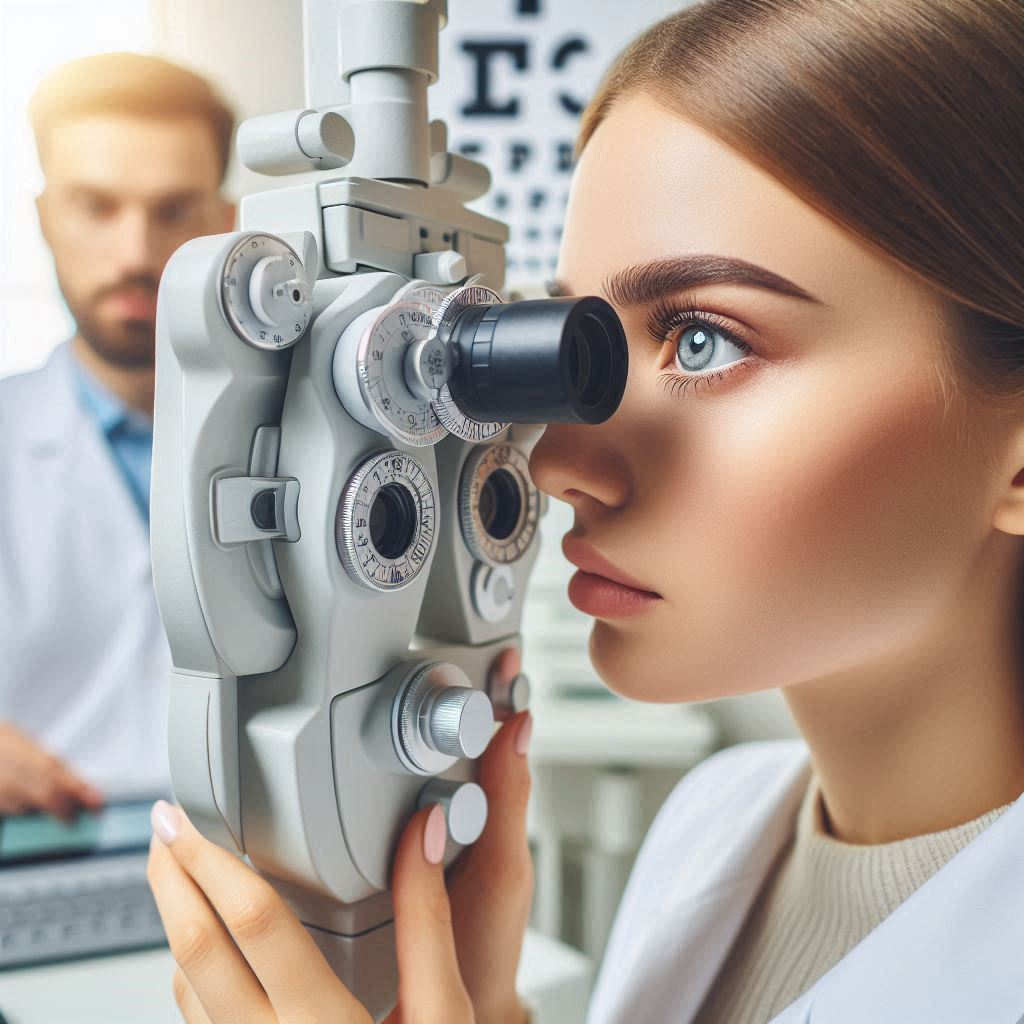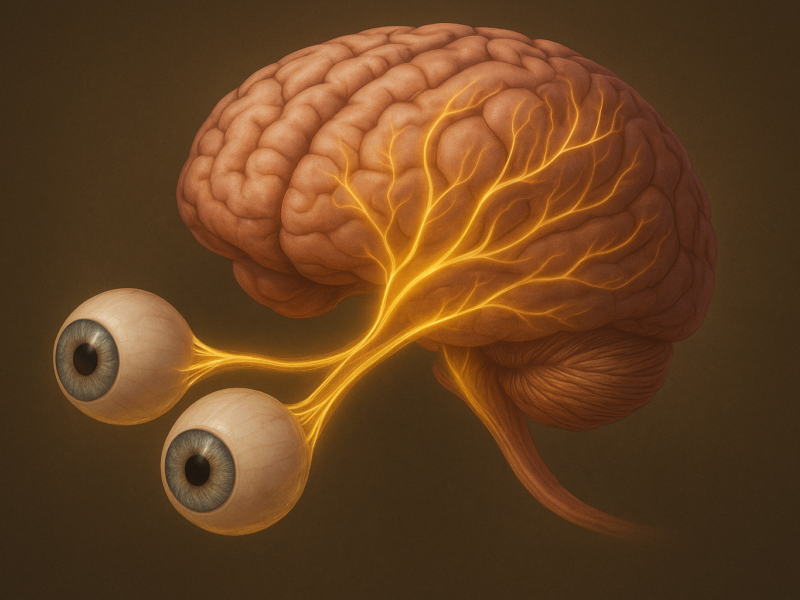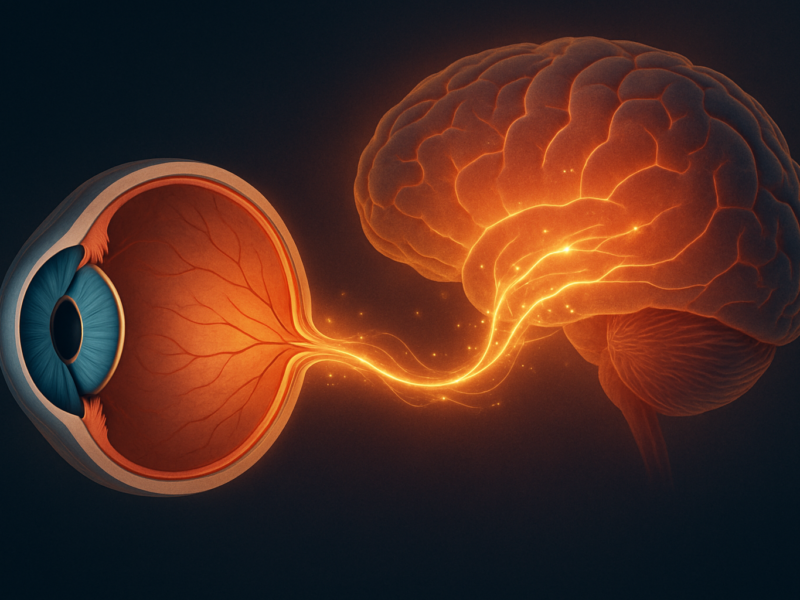Introduction: Why Understanding Eye Conditions Matters
Our eyes are among the most delicate and vital organs in the body. Vision allows us to interact with the world, but millions of people experience preventable or treatable eye conditions each year. Understanding common vision problems, their symptoms, and available treatments is essential for protecting your eyesight.
👉 Related: Preventing Vision Loss: Comprehensive Guide to Protecting Your Eyesight Naturally
1. Dry Eyes (Keratoconjunctivitis Sicca)
Dry eyes occur when the tear film is inadequate in either quantity or quality. Symptoms include burning, stinging, redness, and blurry vision.
Treatment:
- Artificial tears
- Warm compresses
- Omega-3 fatty acid supplements
👉 Related: Best Eye Drops for 2025: Dry Eyes, Allergies, and Redness Relief Compared
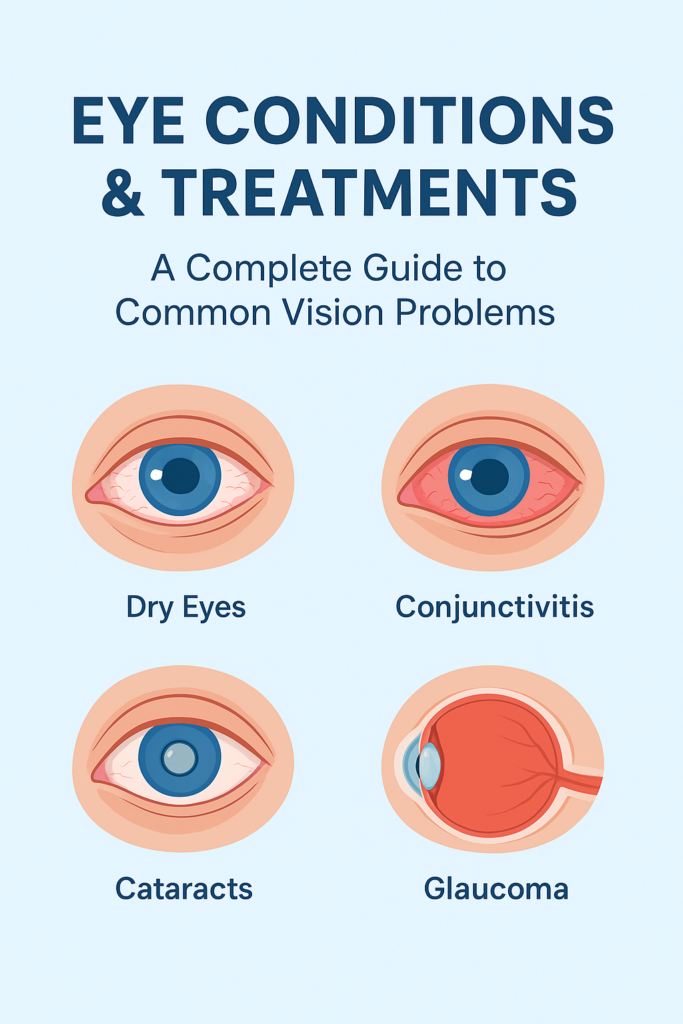
2. Conjunctivitis (Pink Eye)
Conjunctivitis is an inflammation of the conjunctiva, often caused by infections, allergies, or irritants. Symptoms include redness, discharge, and itchiness.
Treatment:
- Antibiotic drops (for bacterial infections)
- Antihistamine drops (for allergies)
- Good hygiene to prevent spreading
👉 Related: Eye Allergies: Causes, Symptoms, and Effective Relief Strategies
3. Cataracts
Cataracts cause the eye’s natural lens to become cloudy, leading to blurry or dim vision, especially at night. It is a leading cause of blindness worldwide.
Treatment:
- Early stage: Brighter lighting, stronger glasses
- Advanced stage: Cataract surgery
👉 Related: Protecting Your Eyes from UV Rays: Complete Guide to Prevention, Risks, and Eye Care
4. Glaucoma
Glaucoma is caused by damage to the optic nerve, often due to high intraocular pressure. It can lead to irreversible blindness if untreated.
Treatment:
- Prescription eye drops
- Laser therapy
- Surgery in severe cases
👉 Related: How Often Should You Get an Eye Exam? A Complete Guide by Age and Risk Factors
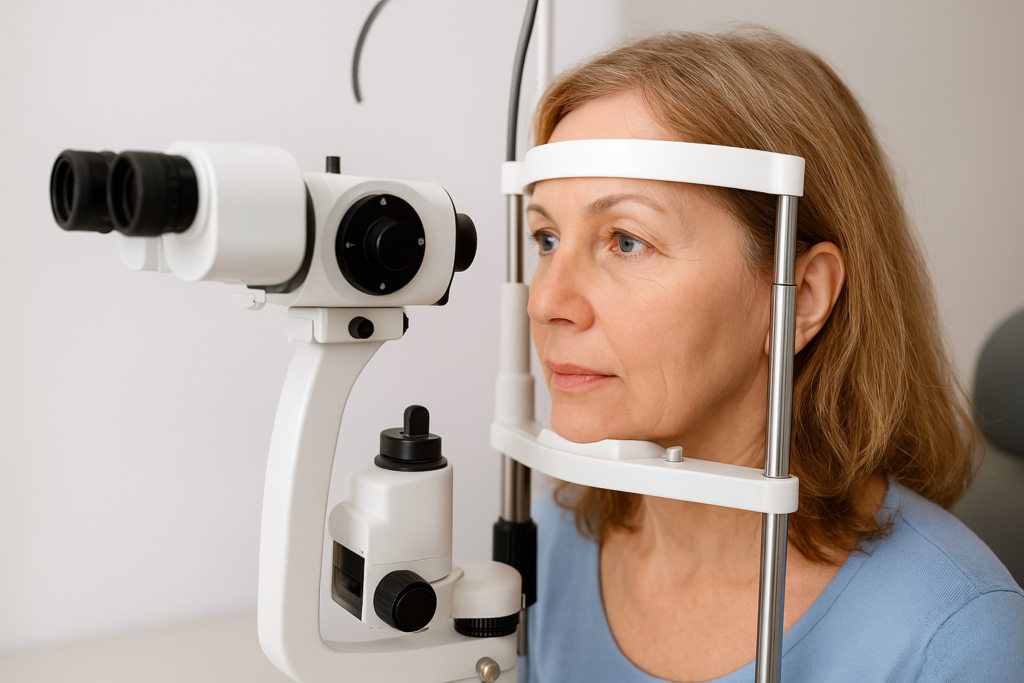
5. Age-Related Macular Degeneration (AMD)
AMD affects the central retina (macula) and is a leading cause of vision loss among people over 50.
Treatment:
- Nutritional supplements (AREDS2 formula: Lutein, Zeaxanthin, Vitamins C & E, Zinc)
- Laser therapy or injections for wet AMD
👉 Related: Antioxidants and Vision: How Vitamins A, C, and E Protect Your Eyesight Naturally
6. Retinal Detachment
A medical emergency where the retina separates from the underlying tissue. Symptoms: sudden flashes, floaters, and a shadow over vision.
Treatment:
- Laser surgery
- Cryotherapy
- Vitrectomy or scleral buckle surgery
7. Astigmatism
Astigmatism is an irregular curvature of the cornea or lens that causes distorted vision.
Treatment:
- Glasses or contact lenses
- Refractive surgery (LASIK, PRK)
👉 Related: Contact Lenses vs Glasses: Pros, Cons, and the Best Choice for Your Lifestyle
8. Diabetic Retinopathy
High blood sugar damages blood vessels in the retina, leading to vision problems.
Treatment:
- Control of blood sugar
- Laser treatment
- Anti-VEGF injections
9. Presbyopia
Presbyopia is age-related difficulty focusing on near objects, typically starting after age 40.
Treatment:
- Reading glasses
- Multifocal lenses
- LASIK or lens replacement surgery
Did You Know?
🔹 Over 2.2 billion people worldwide have vision impairment, and at least half of these cases could have been prevented with proper treatment.
Useful Tips for Protecting Your Eyes
- Follow the 20-20-20 rule: Every 20 minutes, look at something 20 feet away for 20 seconds.
- Eat a diet rich in leafy greens, carrots, and fish oil.
- Wear sunglasses with UV protection daily.
- Schedule annual eye exams, even if you have no symptoms.
Frequently Asked Questions (FAQ)
1. What is the most common eye condition?
Dry eyes and refractive errors (like myopia, hyperopia, and astigmatism) are the most widespread globally.
2. Can cataracts be prevented?
While cataracts are age-related, wearing UV-protective sunglasses and eating antioxidant-rich foods may delay progression.
3. Is glaucoma curable?
Glaucoma cannot be cured, but treatments can slow or stop progression if caught early.
4. What are early warning signs of retinal detachment?
Sudden flashes, new floaters, or a curtain-like shadow in your vision.
5. How often should I see an eye doctor?
At least once every 1–2 years, or more frequently if you have risk factors such as diabetes or family history.
Affiliate Product Recommendations
- 👓 Blue Light Blocking Glasses – Reduce eye strain and improve sleep. Check Best Deals Here
- 💧 Top-Rated Artificial Tears – Relieve dryness and irritation. See Options
- 🌿 Lutein & Zeaxanthin Supplements – Support macular health. Shop Now
- 🕶️ Polarized UV Sunglasses – Protect your eyes from harmful UV rays. Buy Here
- 📖 Vision Therapy Exercise Kit – Train your eyes at home. Learn More
